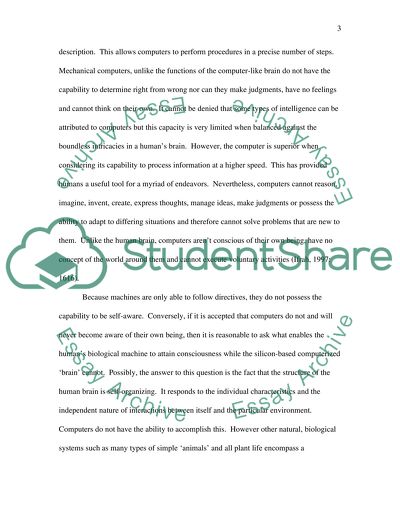Cite this document
(“Could machines have minds ( in answering, explain what you mean by Essay”, n.d.)
Could machines have minds ( in answering, explain what you mean by Essay. Retrieved from https://studentshare.org/miscellaneous/1544099-could-machines-have-minds-in-answering-explain-what-you-mean-by-mind
Could machines have minds ( in answering, explain what you mean by Essay. Retrieved from https://studentshare.org/miscellaneous/1544099-could-machines-have-minds-in-answering-explain-what-you-mean-by-mind
(Could Machines Have Minds ( in Answering, Explain What You Mean by Essay)
Could Machines Have Minds ( in Answering, Explain What You Mean by Essay. https://studentshare.org/miscellaneous/1544099-could-machines-have-minds-in-answering-explain-what-you-mean-by-mind.
Could Machines Have Minds ( in Answering, Explain What You Mean by Essay. https://studentshare.org/miscellaneous/1544099-could-machines-have-minds-in-answering-explain-what-you-mean-by-mind.
“Could Machines Have Minds ( in Answering, Explain What You Mean by Essay”, n.d. https://studentshare.org/miscellaneous/1544099-could-machines-have-minds-in-answering-explain-what-you-mean-by-mind.


